Blog
Jewellok is a professional pressure regulator and valve manufacturer and supplier.
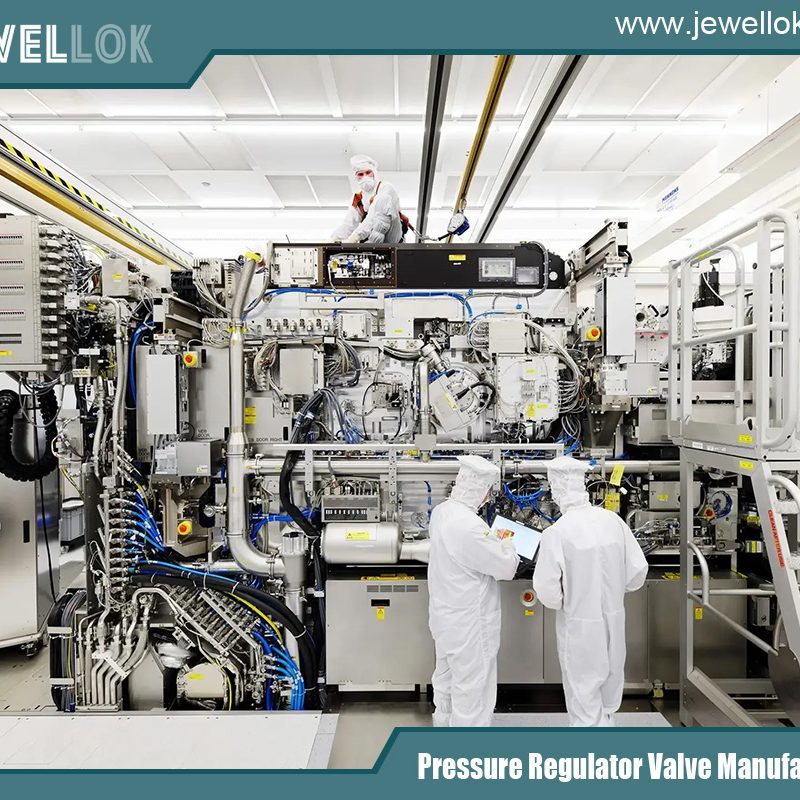
Gas Distribution Systems in Laboratories: Design, Safety, and Optimization
- Pressure Regulator Valve Manufacturer
- can industrial gas regulator be used in laboratory, gas changeover system in india, gas cylinder cages lab, Gas Delivery Equipment for Research Labs and Universities, gas distribution system in laboratory, high purity gas delivery systems, Integrated Gas Metering Systems, lab gas regulators, Laboratory And Specialty Gas Delivery System, laboratory gas changeover manifold, laboratory gas distribution system, Laboratory Gas Distribution System China, laboratory gas regulators, Laboratory Gas Supply Solutions, Laboratory gas supply system, laboratory gas valves, Modular Integrated Gas Systems (TMS), semiconductor fluid control system, Specialty Gas Supply Technologies for Laboratories, Ultra-High-Purity Gas Delivery Systems
- No Comments
Gas Distribution Systems in Laboratories: Design, Safety, and Optimization
Introduction
In modern laboratory environments, gas distribution systems play a critical role in ensuring the safe, efficient, and reliable delivery of gases for experimental, analytical, and research purposes. These systems are engineered to supply a variety of gases—such as nitrogen, helium, argon, hydrogen, oxygen, and compressed air—to laboratory equipment and workstations with precision and safety. A well-designed gas distribution system in a laboratory minimizes risks, optimizes performance, and ensures compliance with stringent regulatory standards. This article explores the components, design principles, safety protocols, and maintenance practices of gas distribution systems in laboratories, emphasizing their importance in scientific research.

Overview of Gas Distribution Systems in Laboratories
A gas distribution system in a laboratory is a network of pipelines, regulators, valves, and fittings designed to transport gases from a centralized source (e.g., gas cylinders, bulk storage tanks, or gas generators) to points of use, such as laboratory benches, analytical instruments, or specialized equipment like gas chromatographs and mass spectrometers. These systems must deliver gases at precise pressures, flow rates, and purities to meet the specific requirements of laboratory applications.
The primary objectives of a laboratory gas distribution system are:
1. Safety: Preventing leaks, contamination, or exposure to hazardous gases.
2. Reliability: Ensuring uninterrupted gas supply for experiments and operations.
3. Efficiency: Minimizing gas wastage and optimizing delivery.
4. Compliance: Adhering to regulatory standards, such as those set by OSHA, NFPA, and ISO.
Key Components of a Laboratory Gas Distribution System
A typical gas distribution system in a laboratory comprises several critical components, each designed to ensure safe and efficient gas delivery. These include:
- Gas Source
The gas source is the starting point of the distribution system. Common sources include:
– Gas Cylinders: High-pressure cylinders containing compressed or liquefied gases (e.g., nitrogen, helium, or argon).
– Gas Generators: On-site devices that produce gases like nitrogen or hydrogen through processes such as pressure swing adsorption (PSA) or electrolysis.
– Bulk Storage Tanks: Large-scale storage for gases like liquid nitrogen or oxygen, often used in high-demand laboratories. - Regulators and Pressure Control Devices
Regulators reduce the high pressure of gas from the source to a safe, usable level for laboratory equipment. Single-stage or dual-stage regulators are used depending on the application’s precision requirements. Additional pressure control devices, such as pressure relief valves, ensure system safety by preventing over-pressurization. - Piping and Tubing
The piping network transports gases from the source to points of use. Materials must be compatible with the gas to prevent corrosion or contamination. Common materials include:
– Stainless Steel: Used for high-purity or reactive gases due to its corrosion resistance.
– Copper: Suitable for non-corrosive gases like nitrogen or helium.
– Polytetrafluoroethylene (PTFE): Used for highly reactive or corrosive gases.
Tubing is typically seamless and cleaned to remove contaminants, ensuring gas purity. Orbital welding is often employed for high-purity systems to minimize leaks and contamination.
- Valves and Fittings
Valves control gas flow and allow for system isolation during maintenance or emergencies. Common valve types include:
– Shut-off Valves: For isolating sections of the system.
– Check Valves: To prevent backflow and contamination.
– Flow Control Valves: For precise regulation of gas flow rates.
Fittings, such as connectors and adapters, must be leak-tight and compatible with the gas and tubing material.
- Point-of-Use Controls
At the laboratory bench or instrument, point-of-use controls, such as needle valves or flowmeters, allow users to adjust gas flow and pressure. These controls are critical for applications requiring precise gas delivery, such as gas chromatography or laser systems. - Gas Detection and Monitoring Systems
To ensure safety, gas distribution systems are equipped with sensors to detect leaks, low pressure, or hazardous gas concentrations. These systems may include:
– Gas Detectors: For monitoring toxic or flammable gases like carbon monoxide or hydrogen.
– Pressure Sensors: To alert users to pressure drops or system failures.
– Alarms: Audible or visual alerts for emergency response. - Filtration and Purification Systems
For high-purity applications, such as mass spectrometry, filtration systems remove contaminants like moisture, hydrocarbons, or particulates from the gas stream. Purifiers may use molecular sieves, activated carbon, or catalytic materials to achieve ultra-high purity levels.
Design Considerations for Laboratory Gas Distribution Systems
Designing a gas distribution system for a laboratory requires careful planning to balance functionality, safety, and cost. Key considerations include:
- Gas Type and Purity Requirements
Different laboratory applications require specific gases and purity levels. For example:
– Gas Chromatography: Requires ultra-high-purity helium (99.999% or higher) to avoid interference with analytical results.
– Cell Culture: Requires medical-grade carbon dioxide for incubator environments.
– Laser Systems: May require argon or nitrogen for cooling or shielding.
The system must be designed to prevent contamination, with materials and components selected based on the gas’s chemical properties.
- Flow Rate and Pressure Needs
Each laboratory application has unique flow rate and pressure requirements. For instance, a mass spectrometer may require a low flow rate (e.g., 1–5 L/min) at a stable pressure, while a high-throughput industrial analyzer may demand higher flow rates. The system must include regulators and flowmeters to meet these specifications. - System Scalability
Laboratories often expand or modify their operations, requiring scalable gas distribution systems. Designers should incorporate modular components and extra capacity to accommodate future growth. - Safety Standards and Regulations
Gas distribution systems must comply with local and international standards, such as:
– NFPA 55: Compressed Gases and Cryogenic Fluids Code.
– OSHA 1910.101: Regulations for handling compressed gases.
– ISO 7396-1: Standards for medical gas pipeline systems (for laboratories with medical applications).
These standards dictate requirements for materials, installation, labeling, and safety features.
- Space Constraints
Laboratories often have limited space, requiring compact and efficient system designs. Centralized gas storage areas with minimal piping runs can reduce complexity and improve safety. - Redundancy and Backup Systems
To ensure uninterrupted gas supply, systems may include backup cylinders or generators. Automatic switchover manifolds can seamlessly transition between primary and backup gas sources without disrupting operations.
Safety Protocols for Gas Distribution Systems
Safety is paramount in laboratory gas distribution systems due to the potential hazards of compressed, flammable, toxic, or cryogenic gases. Key safety protocols include:
- Leak Prevention and Detection
Leaks can lead to gas loss, contamination, or safety hazards. To prevent leaks:
– Use high-quality, gas-compatible fittings and tubing.
– Perform regular pressure testing and leak checks using helium leak detectors or soapy water solutions.
– Install gas detection systems in areas with high-risk gases. - Proper Gas Storage
Gas cylinders and storage tanks must be stored in well-ventilated areas, secured to prevent tipping, and separated based on gas type (e.g., flammable gases like hydrogen must be stored away from oxidizers like oxygen). - Ventilation and Exhaust Systems
Laboratories handling toxic or flammable gases require adequate ventilation to prevent gas accumulation. Exhaust systems should be designed to safely remove leaked gases, and fume hoods should be used for experiments involving hazardous gases. - Emergency Shut-off Systems
Emergency shut-off valves should be installed at accessible locations to allow rapid isolation of the gas supply in case of leaks, fires, or other emergencies. - Training and Procedures
Laboratory personnel must be trained in safe gas handling, system operation, and emergency response. Standard operating procedures (SOPs) should outline protocols for cylinder replacement, system maintenance, and incident reporting. - Labeling and Signage
All gas lines, cylinders, and valves must be clearly labeled with the gas type, pressure, and hazard warnings. Color-coding and signage help prevent errors during operation or maintenance.
Maintenance and Monitoring of Gas Distribution Systems
Regular maintenance is essential to ensure the longevity and reliability of a laboratory gas distribution system. Maintenance tasks include:
- Routine Inspections
– Check for leaks, corrosion, or wear in piping, fittings, and valves.
– Inspect regulators and pressure gauges for accuracy and functionality.
– Verify that gas detectors and alarms are operational. - Cylinder Management
– Replace cylinders before they are fully depleted to avoid interruptions.
– Ensure cylinders are properly secured and stored according to regulations.
– Track cylinder usage to optimize inventory and reduce costs. - Cleaning and Purging
For high-purity systems, periodic purging with inert gases (e.g., nitrogen) removes contaminants and moisture. Cleaning protocols must be followed to maintain gas purity. - Calibration of Equipment
Regulators, flowmeters, and sensors should be calibrated regularly to ensure accurate performance. Calibration intervals depend on the manufacturer’s recommendations and usage intensity. - Documentation
Maintain detailed records of maintenance activities, inspections, and incidents. Documentation ensures compliance with regulations and provides a reference for troubleshooting.
Emerging Trends in Laboratory Gas Distribution Systems
Advancements in technology are shaping the future of gas distribution systems in laboratories. Key trends include:
- On-Site Gas Generation
Gas generators, such as nitrogen or hydrogen generators, are increasingly popular due to their cost-effectiveness and convenience. These systems eliminate the need for cylinder storage and transportation, reducing safety risks and logistical challenges. - Smart Monitoring Systems
IoT-enabled sensors and monitoring systems provide real-time data on gas pressure, flow, and purity. These systems can predict maintenance needs, detect anomalies, and improve system efficiency. - Sustainable Practices
Laboratories are adopting eco-friendly practices, such as using renewable energy to power gas generators or recycling gas cylinders. These efforts reduce the environmental impact of gas distribution systems. - Modular and Flexible Designs
Modular gas distribution systems allow laboratories to adapt to changing research needs. These systems are easier to install, expand, or reconfigure compared to traditional fixed designs.
Case Study: Gas Distribution in a Pharmaceutical Laboratory
To illustrate the importance of a well-designed gas distribution system, consider a pharmaceutical laboratory conducting high-performance liquid chromatography (HPLC) and mass spectrometry. The laboratory requires ultra-high-purity nitrogen and helium for analytical instruments. The gas distribution system includes:
– A centralized nitrogen generator to reduce reliance on cylinders.
– Stainless steel tubing to maintain gas purity.
– Dual-stage regulators to deliver precise pressure to instruments.
– Gas detectors for monitoring leaks and ensuring safety.
– Automatic switchover manifolds for seamless transitions between gas sources.
This system ensures reliable gas delivery, minimizes downtime, and complies with Good Manufacturing Practices (GMP) standards, enabling accurate and reproducible analytical results.

Conclusion
A gas distribution system in a laboratory is a complex yet essential infrastructure that supports scientific research and experimentation. By carefully selecting components, adhering to safety protocols, and implementing regular maintenance, laboratories can ensure safe, efficient, and reliable gas delivery. As technology advances, innovations like on-site gas generation and smart monitoring systems are enhancing the performance and sustainability of these systems. For laboratories aiming to optimize their operations, investing in a well-designed gas distribution system is not only a necessity but also a strategic advantage in achieving high-quality research outcomes.
For more about gas distribution system in laboratory, you can pay a visit to Jewellok at https://www.jewellok.com/laboratory/ for more info.
Recent Posts
How Does An Acetylene Gas Changeover Manifold Work?
How Does A Carbon Dioxide Gas Pressure Regulator Work?
How Does A Oxygen Gas Pressure Regulator Work?
How Does A Helium Gas Pressure Regulator Work?
How Does A Nitrogen Gas Pressure Regulator Work?
How Does An Argon Gas Pressure Regulator Work?
How Does A Propane Gas Pressure Regulator Work?
How Does A Acetylene Gas Pressure Regulator Work?
How Does the High Pressure Back Pressure Regulator Work?
The Complete Guide to Camco 59013 Single Stage Propane Regulator
Tags
Recommended Products
-
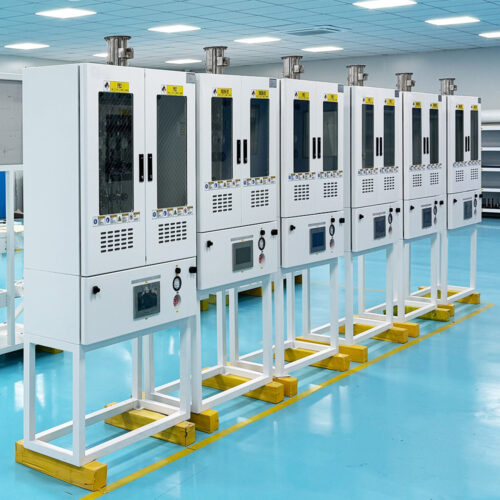
VMB Valve Manifold Panels And Boxes High Purity Configurable Systems JW-200-VMB & JW-100-VMB
-

Clean Connection Cabinet JW-300-CCB Valve Manifold Box And Control Valve Box
-
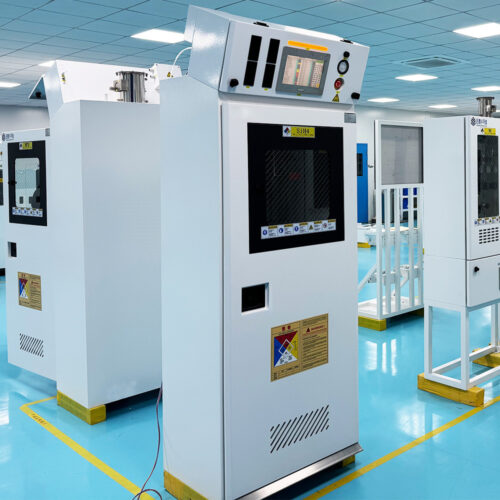
Ultra High Purity Trimethylaluminum TMA Gas Cabinet Liquid Delivering Cabinet Used For Specialty Gas Delivery System In Semiconductor
-
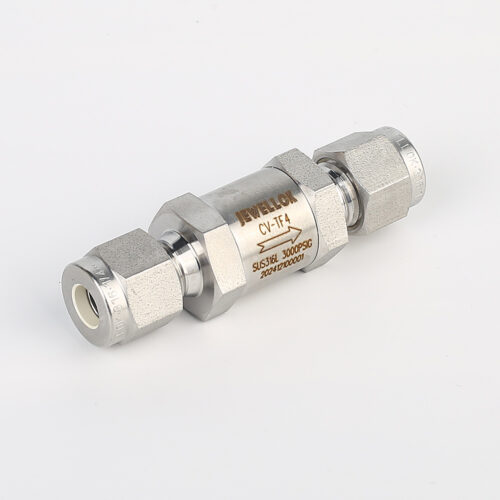
High Pressure High-Purity Welded Check Valves And Low Cracking Pressure Check Valve JCV1 Series
-
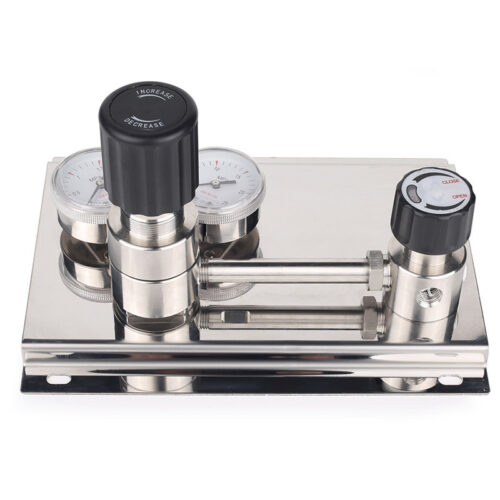
Stainless Steel Fully Automatic Gas Switchover Manifold System Automatic Gas Cylinder Switchover Co2 Cylinder Auto Changeover Controller
-
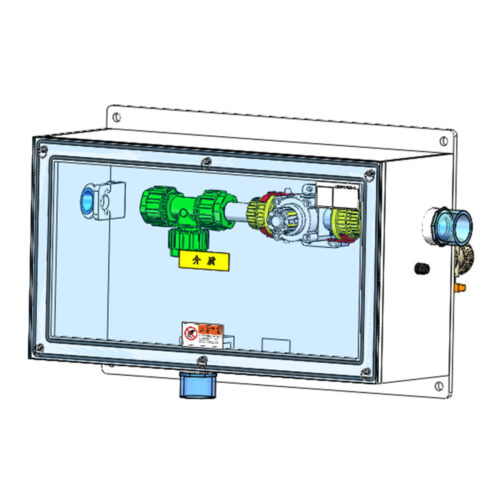
Scrubber Tail Gas Treatment Cabinet Waste Gas Treatment Wet Scrubber Exhaust Gas Treatment Spray Tower
-
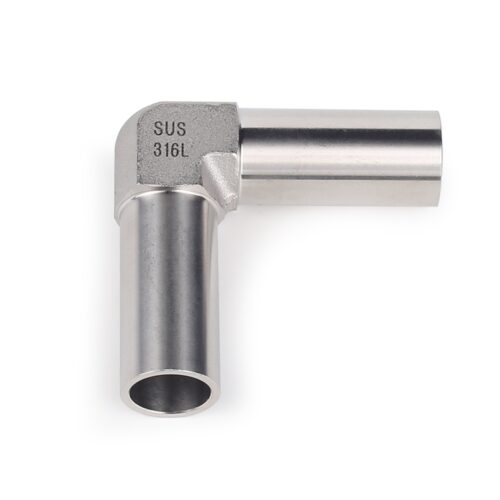
High Purity Stainless Steel Mini Tube Butt Weld Fittings For Semiconductor
-
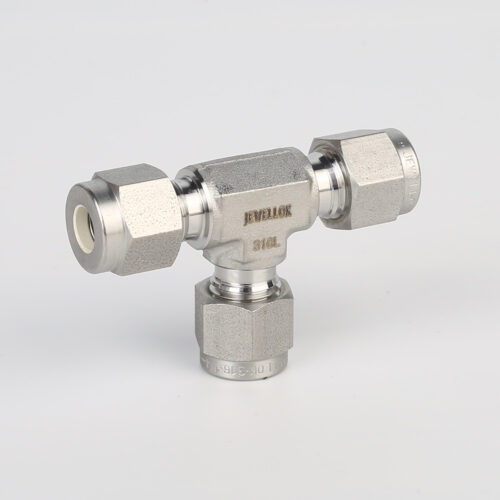
764L Stainless Steel Union Tee High Purity Fitting Union Tee Reducing Tubing Connection